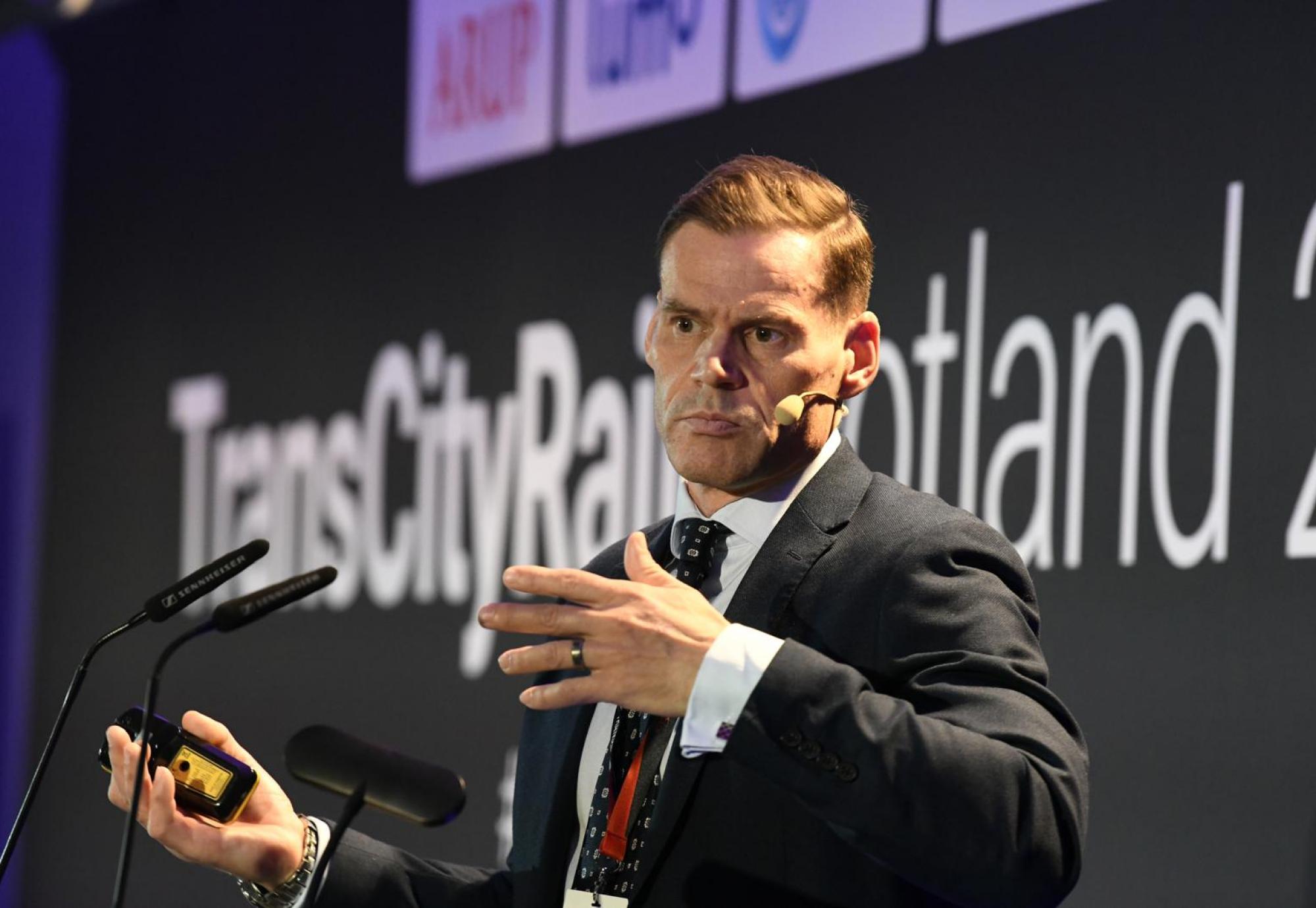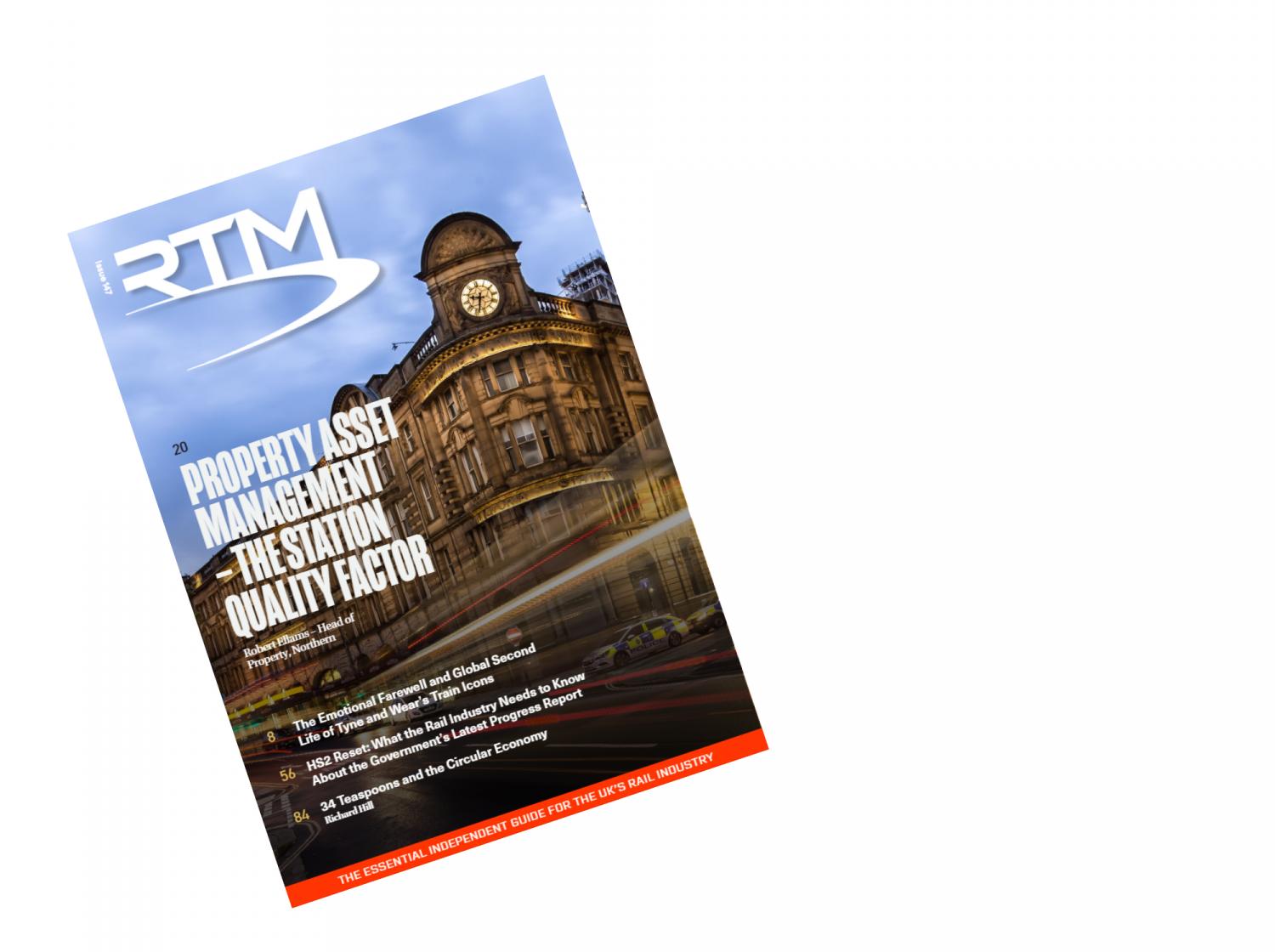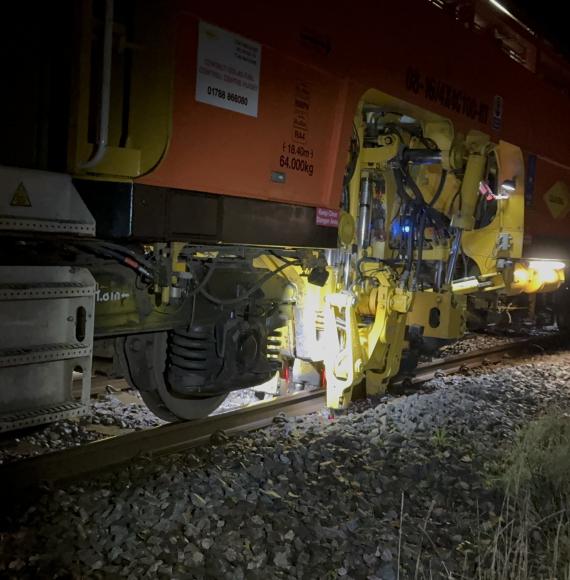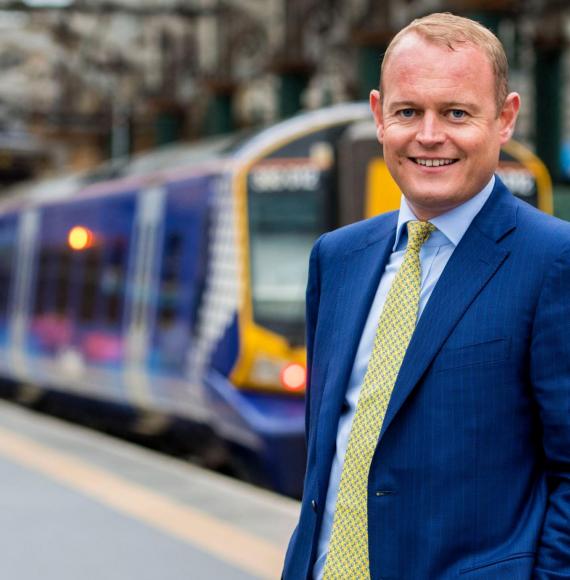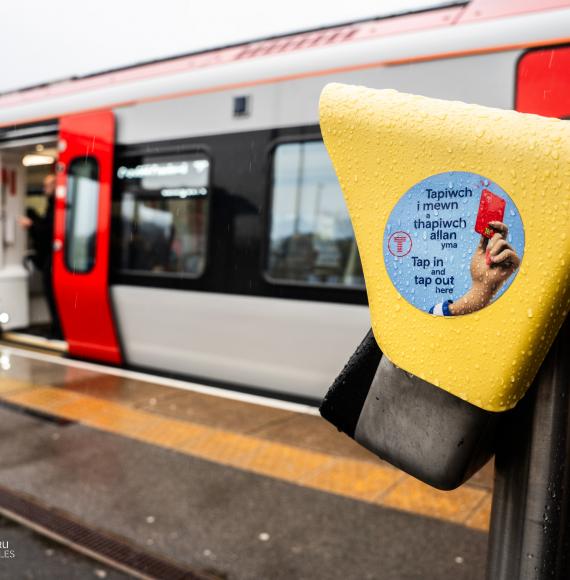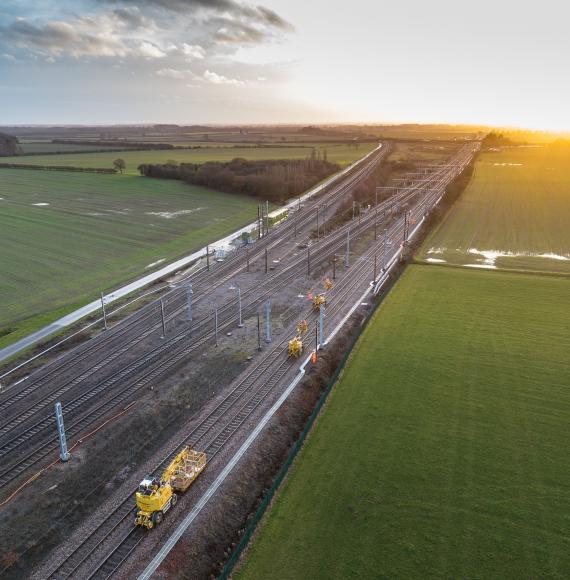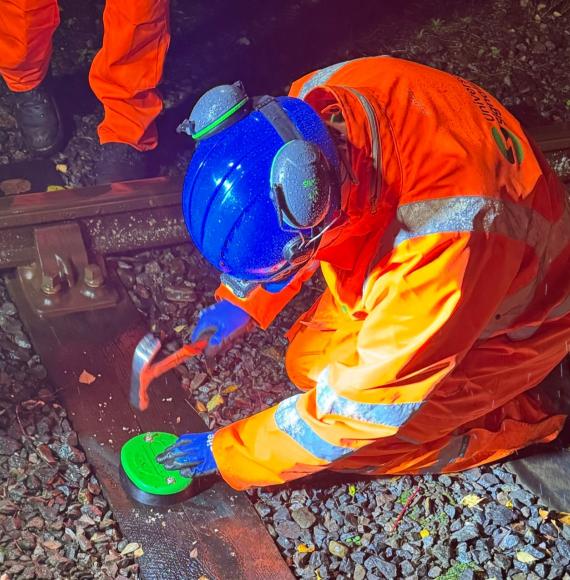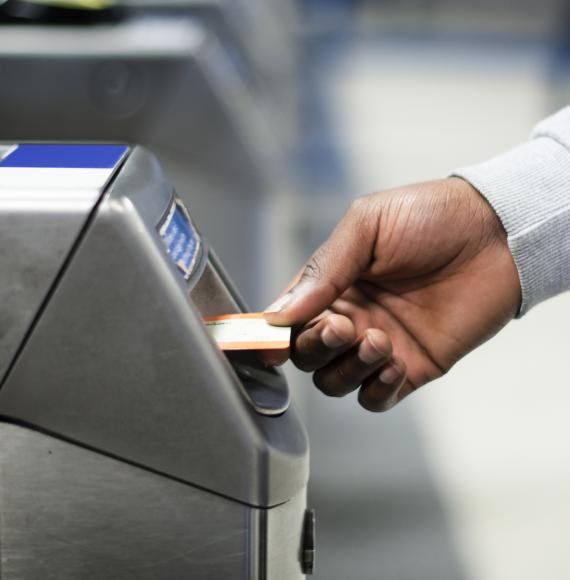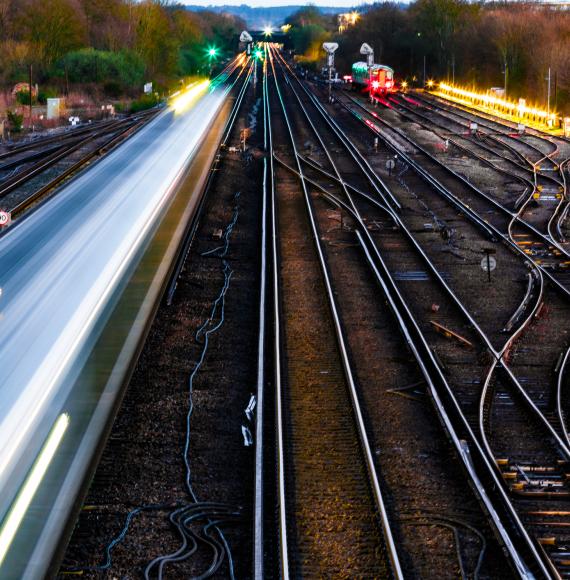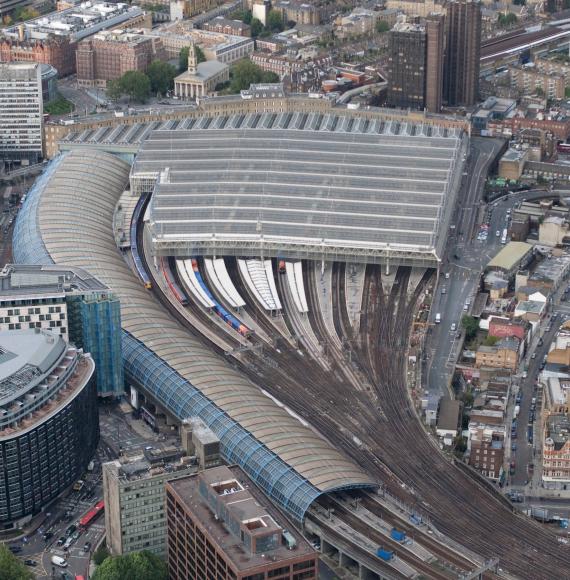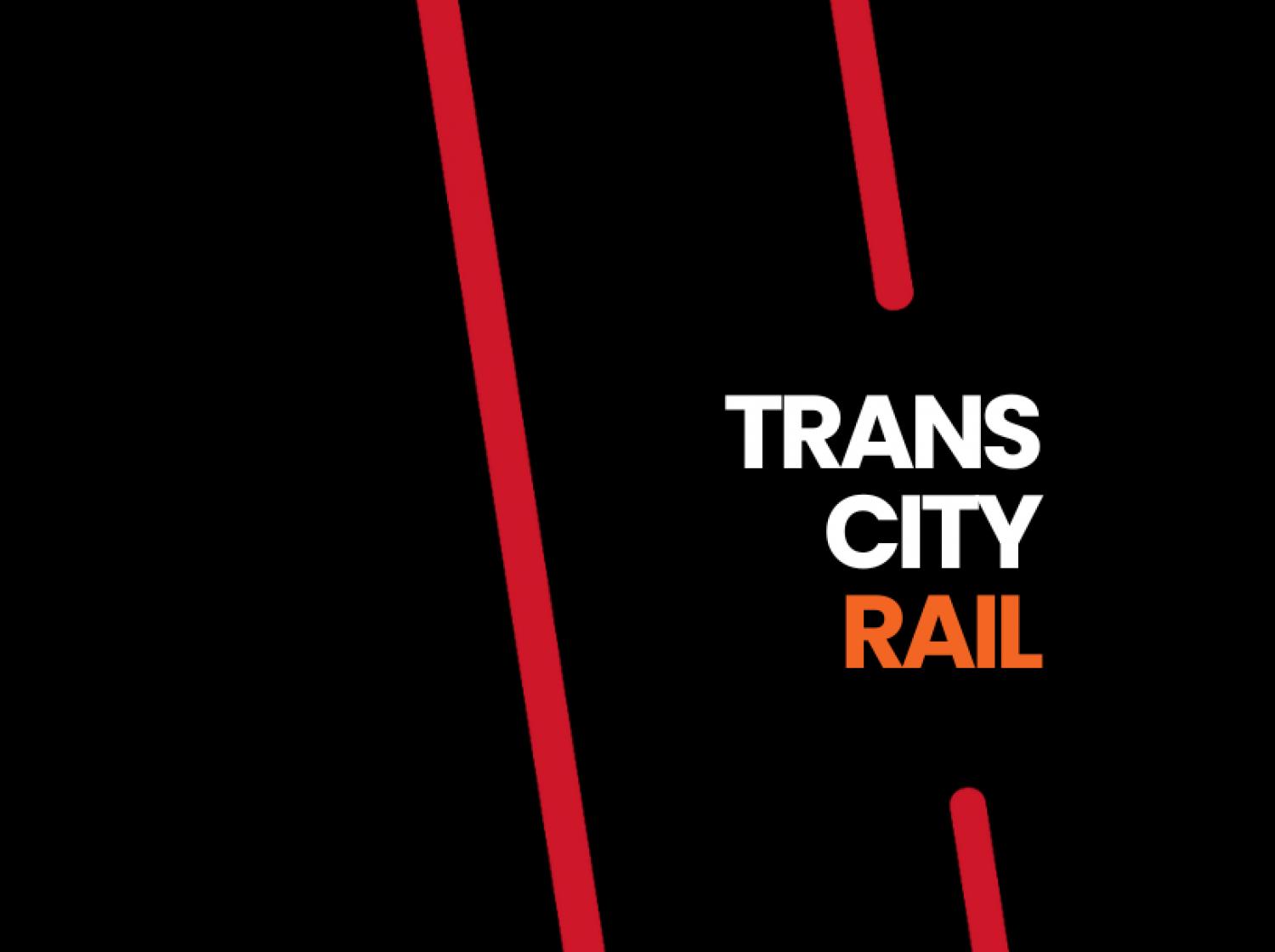Delivering the first keynote speech at the inaugural TransCityRail Scotland, Network Rail Scotland’s Ross Moran outlined what he expects from supply chain partners across the rail sector.
With a focus on the theme of viability, Ross explored the significant challenges that the industry is currently grappling with, particularly in the wake of the Covid-19 pandemic.
Passenger numbers have not yet returned to pre-Covid levels, and this decline has serious implications for revenue generation. Ross highlighted that, while there has been a year-on-year growth of around 4%, the current figures still fall 16% below the levels seen before the pandemic. This stark reality raises essential questions about the future of the railway and its ability to sustain itself in the long term.
Another key point Ross made is the importance of performance metrics. He stressed that to attract passengers back to the railway, improvements in punctuality, reliability, and affordability are crucial. With a target of 92.5% for trains arriving on time, there is a clear need for the industry to focus on enhancing its performance to regain passenger trust and usage.
A significant example discussed by Ross was the North Clyde Integration Programme. This ambitious project is aiming to create a railway within a railway, enhancing the performance of a critical route that sees 21% of all passenger journeys in Scotland. By integrating track and train operations and involving the supply chain in the process, the programme seeks to improve reliability and encourage more people to choose rail travel.
Ross’ message raised the need for innovative solutions to address the challenges of engineering access and system interoperability. He called for the development of AI technologies that can streamline operations and improve overall efficiency:
“We’ve got a tapestry – a quilt – of technologies. We’ve got remote condition monitoring, we’ve got traffic management, we’ve got timetable stress and equipment, but we’ve got nothing that overarches it. We’re continually talking about aI, we’re talking about machine learning, but any technologies that we introduce at the moment tend to drive headcount.
“So, we introduce a new technology, its viability becomes difficult because it requires engineers to go in and interact with the system – therefore it’s not particularly efficient.
“So where is the future? Where’s the AI technology that could overarch all of the technology that we have? That would be my request.”
With a strong message to open a day of discussion and planning for the future of Scotland’s railway, Ross made it clear that the future of the railway depends on our ability to adapt and innovate in response to changing passenger behaviours and expectations.

